
Gem
-
Posts
11 -
Joined
-
Last visited
Content Type
Forums
Detector Prospector Home
Detector Database
Downloads
Posts posted by Gem
-
-
-
1 hour ago, Jeff McClendon said:
The amount of inclusions and their size is one factor. Star sapphires have very tiny inclusions which are not visible to the naked eye. The ones in your specimen are very large.
The gray color and very opaque condition is another factor.
As you can see in the photo above, the basal and rhombic parting is clearly visible along with color zoning. Your specimen is too opaque to see those characteristics if they are present.
If you want to perform a hardness test your easiest option is to try and scratch your specimen with a piece of known quartz. Quartz will scratch quartz. Quartz will not scratch corundum.
So this is what I get. Now I don't know if quartz have actually scratched its surface or it is quartz powder.
-
52 minutes ago, Jeff McClendon said:
The amount of inclusions and their size is one factor. Star sapphires have very tiny inclusions which are not visible to the naked eye. The ones in your specimen are very large.
The gray color and very opaque condition is another factor.
As you can see in the photo above, the basal and rhombic parting is clearly visible along with color zoning. Your specimen is too opaque to see those characteristics if they are present.
If you want to perform a hardness test your easiest option is to try and scratch your specimen with a piece of known quartz. Quartz will scratch quartz. Quartz will not scratch corundum.
And I think another test is heating test. If this stone breaks in 10 minutes after constant heating on high temperatures then it would not be a sapphire. Anyways I will try both methods.
-
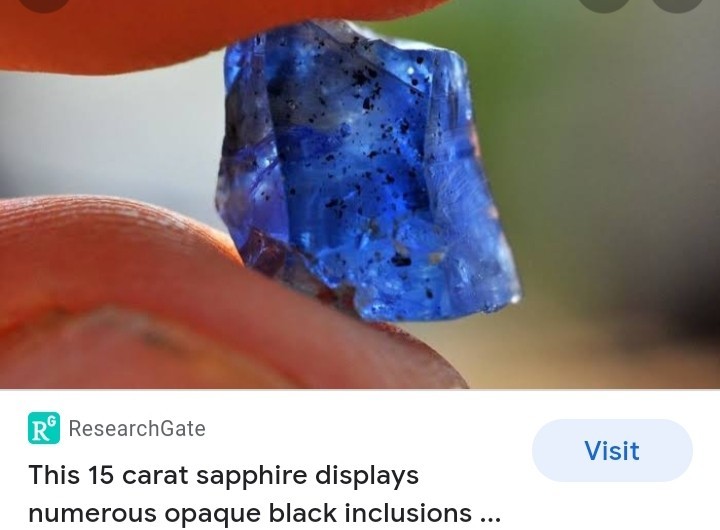 these are the same black inclusions that my sapphire has does it lower the quality?
these are the same black inclusions that my sapphire has does it lower the quality?
-
1 hour ago, Jeff McClendon said:
The dark gray with a slight blueish tint and the tiny black inclusions are very characteristic of some industrial grade corundum.
I would not be able to say your original photographed specimen is a sapphire (even if it is corundum)due to its poor quality.
What I don’t see is any remaining crystal faces or any very characteristic basal parting. Corundum variety Sapphire is so hard that there are usually some remnants of its crystal faces and parting in most specimens. Instead I see a water worn, conchoidal fractured specimen with no hint of worn flat sides, with cracks running in several directions that do not exhibit basal or rhombic parting.
Yes iam understanding what you are trying to say. I have recently checked that it was more harder than quartz and porclain/ceramic tile. I think it is a very low quality sapphire because it does not have any cleavage.
-
55 minutes ago, kac said:
Your specimen. They could very well be sapphires but in particular the top left one doesn't look like the samples.
I just see a lot of speckles in them so hard to really tell.
Chris Ralph did a set of videos worth watching, very interesting. May help in finding out.
Iam not sure which sample you are talking about?
-
6 hours ago, kac said:
Looks like quarts but i'm no expert. Just seen similar stones in my area where we have a lot of quarts.
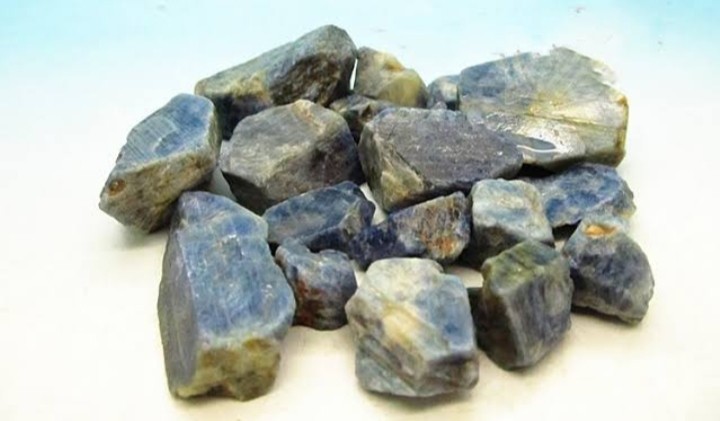
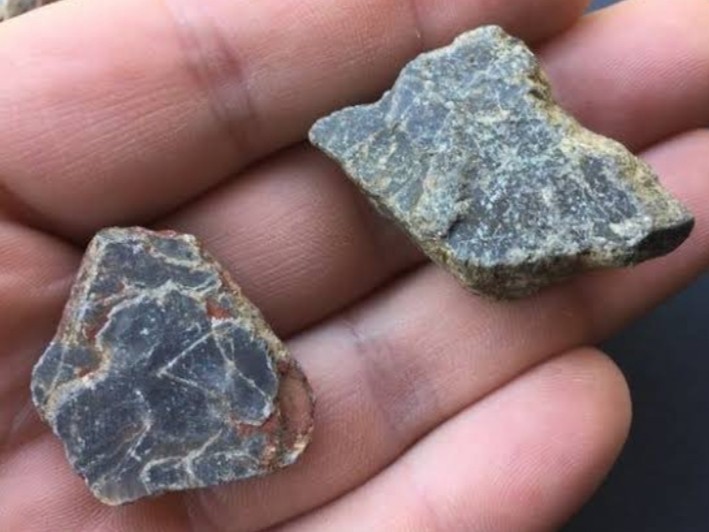
Are you talking about these photos or my specimen?
-
9 minutes ago, Jim in Idaho said:
If it is, it's definitely not gem quality. What's it look like dry?
Jim
Yes I think it needs some polishing. But i think all rough uncut sapphires looks like this


-
I think this is what an exact raw sapphire looks like.
-

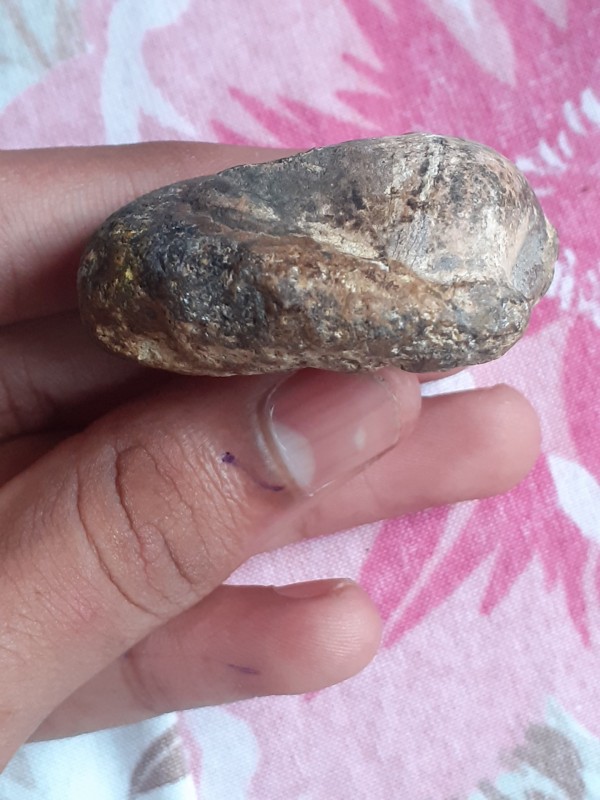
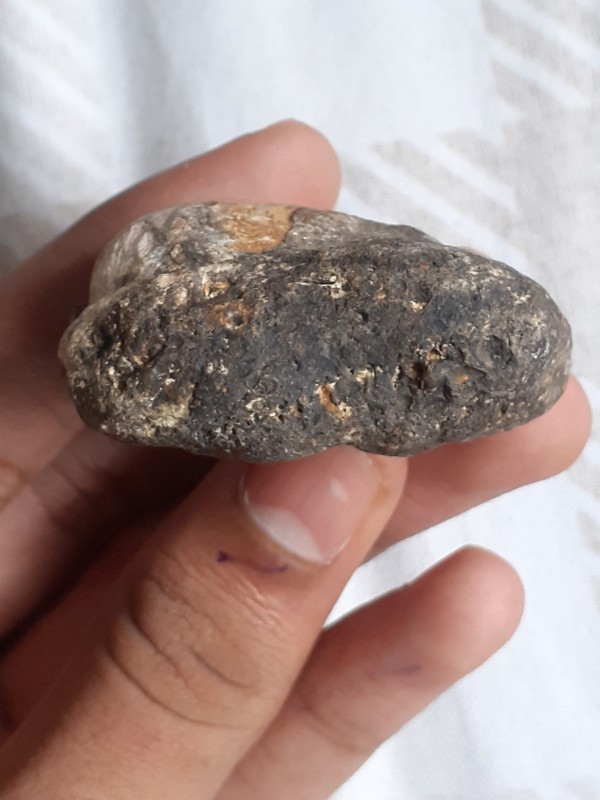
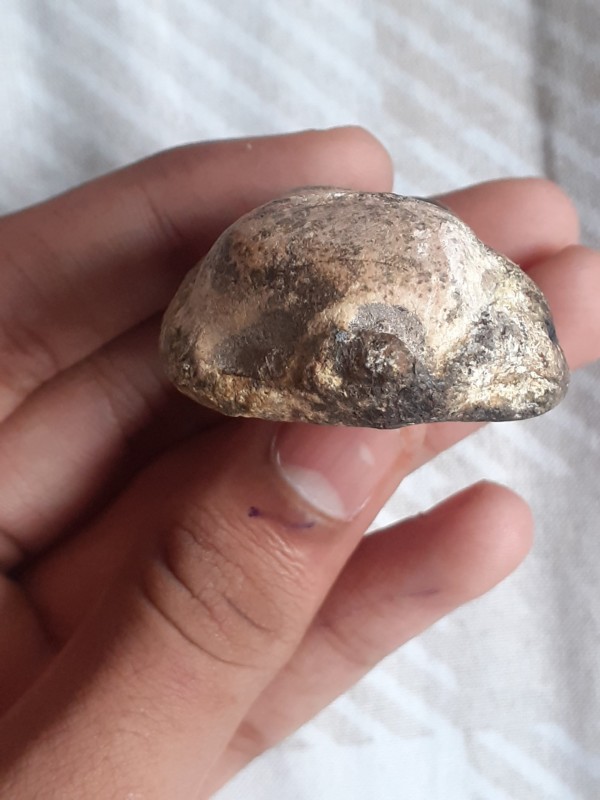
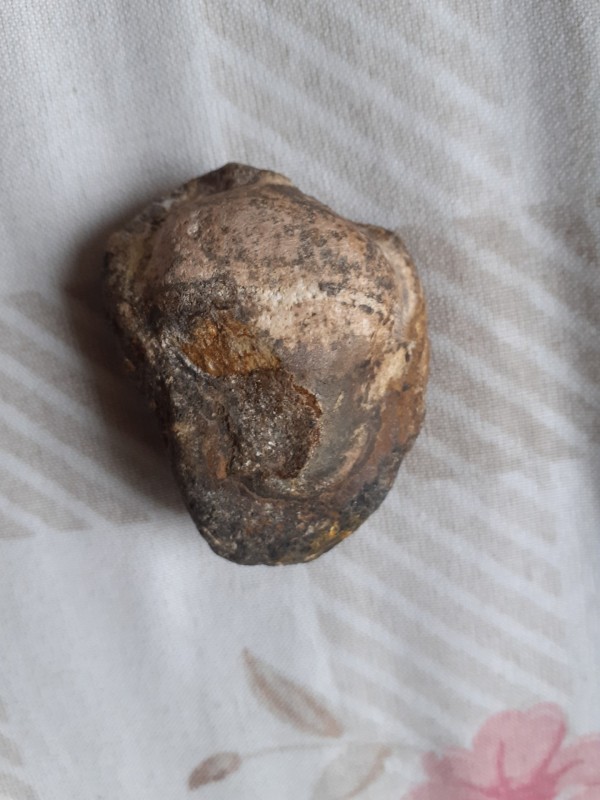
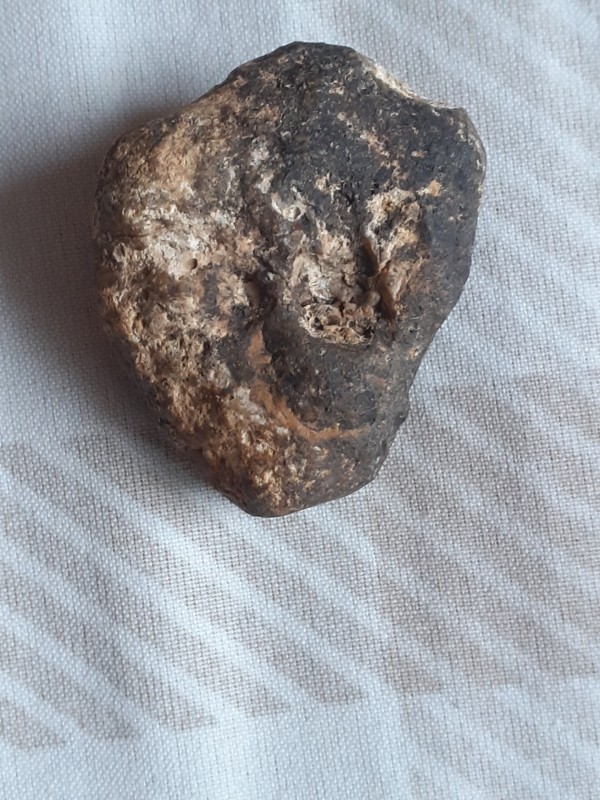
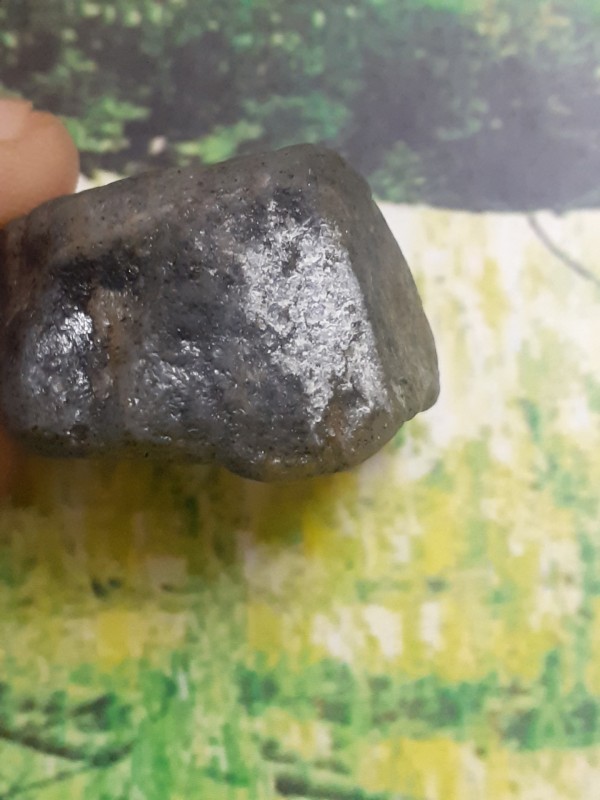
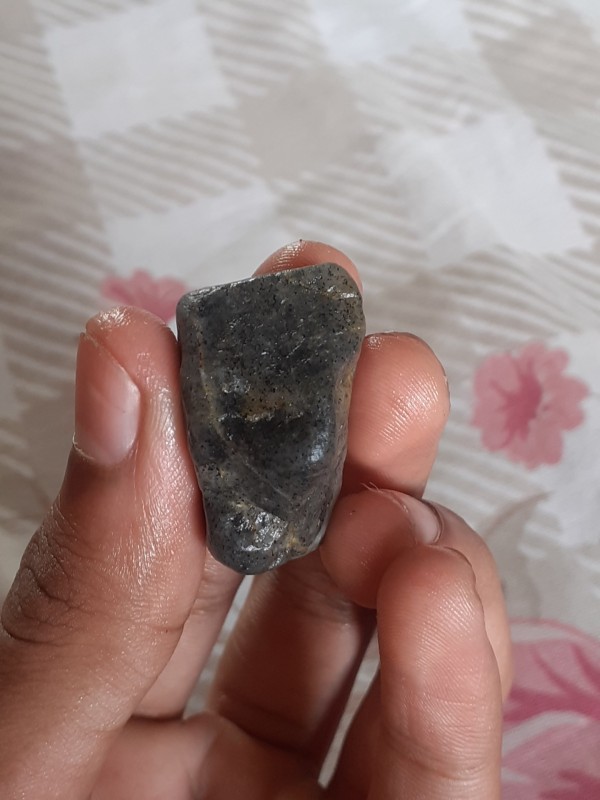
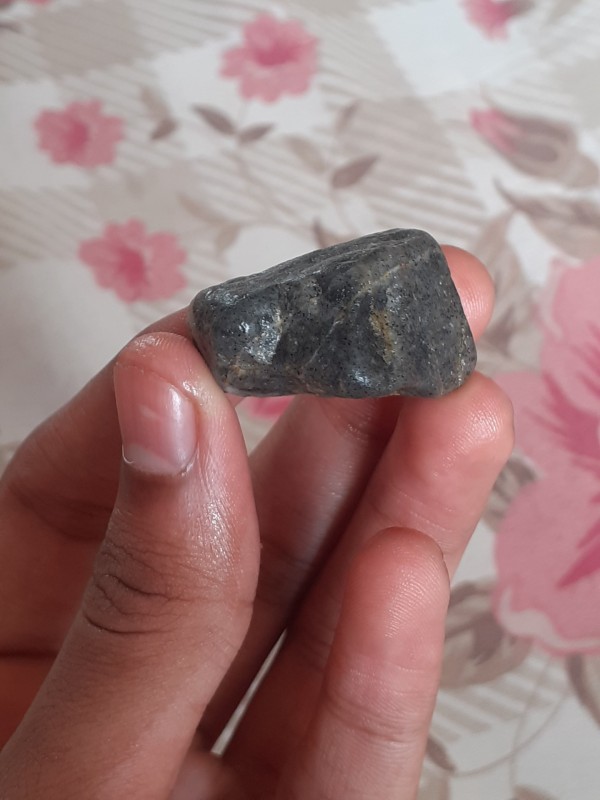
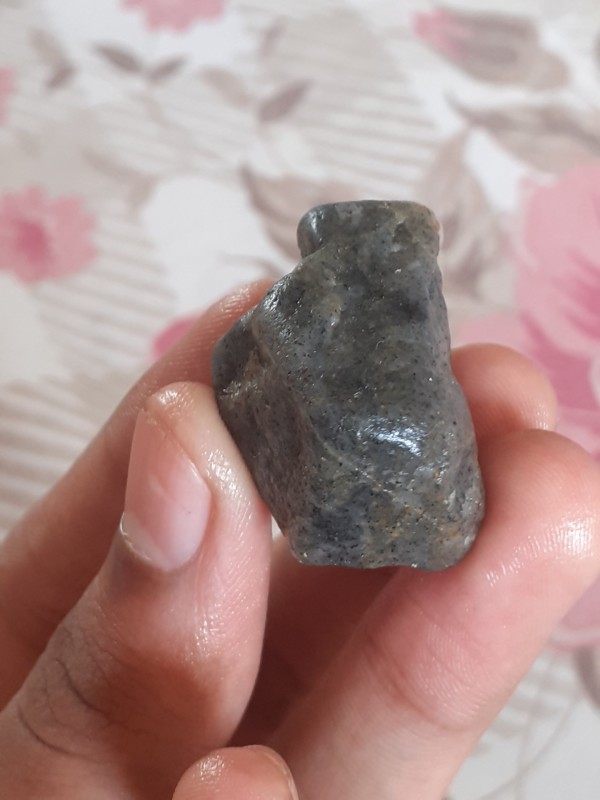
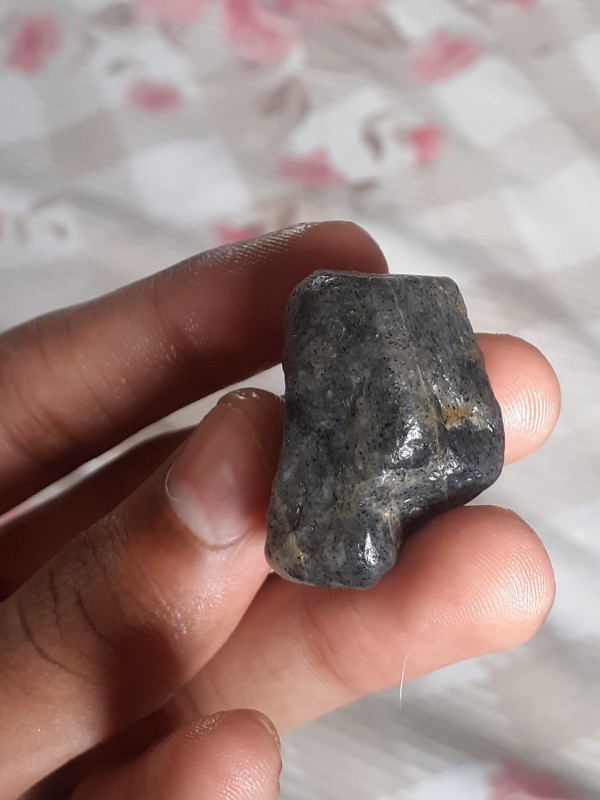
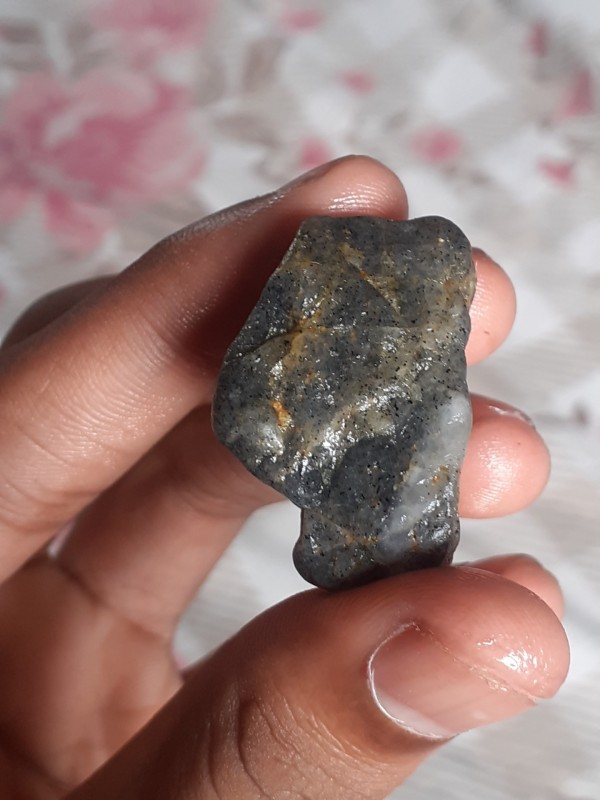
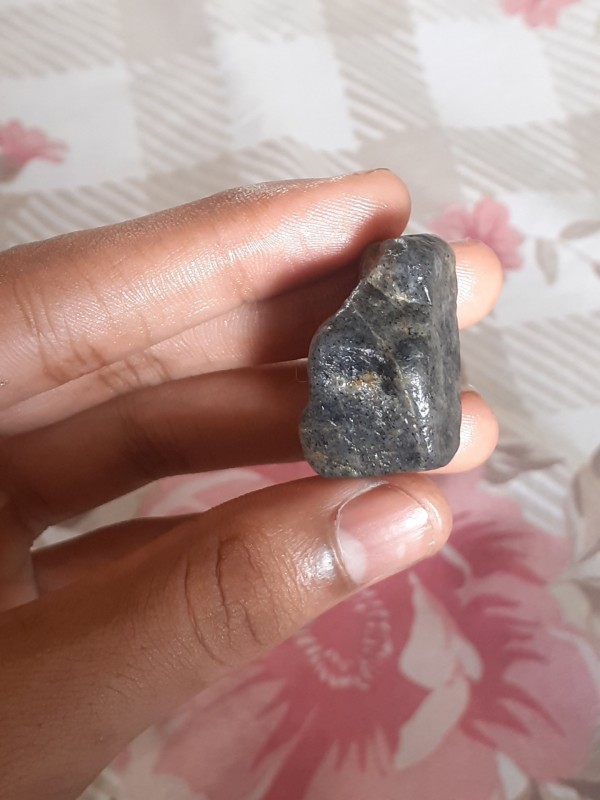
Is This An Raw Garnet?
in Rocks, Minerals, Gems & Geology
Posted